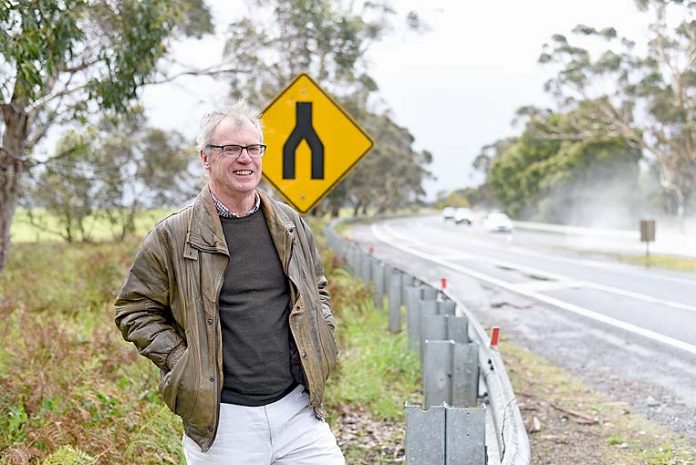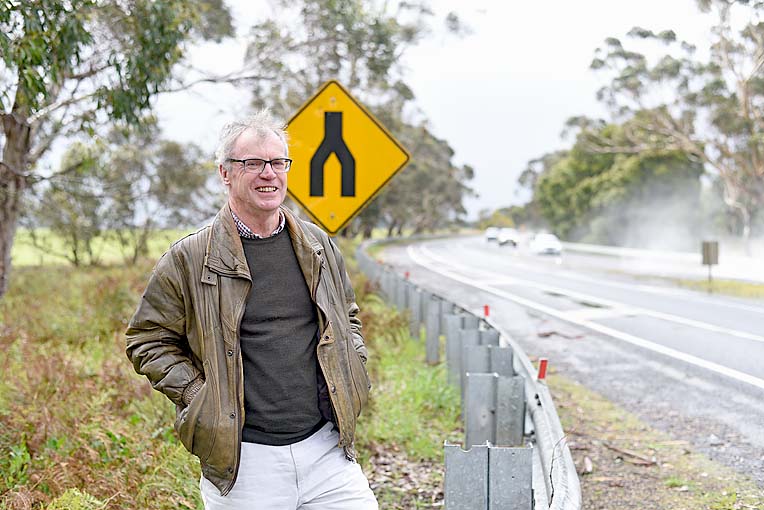

AS A late burst of wild winter weather continues to ravage the South East during the first week of spring, freezing temperatures have prompted a black ice warning.
Limestone Coast road safety officer Rob Forgan has urged motorists to be aware of the often invisible danger.
“Black ice is a thin coating of glace ice on the roads – the ice itself isn’t black, but it’s visually transparent, which allows the black road to be seen through it,” Mr Forgan said.
“The lack of ice pellets means that areas of ice are practically invisible, therefore there’s a high risk of skidding and subsequent crash due to loss of traction.”
He added bridges can be especially dangerous, as air circulates above and below the road surface, causing the sheet of ice to form more rapidly.
“We don’t have a lot of big bridges in the South East, but we do have a number of them over drains and there are numerous locations on our roads to be wary of,” he said.
“Tree lined routes, groves or shady areas can also be dangerous as they don’t get as much sunlight.
“Black ice is most prevalent at night and early in the morning.”
Mr Forgan said motorists should look for “smooth glossy sheets” on the road ahead.
“If most of the road is all flat black and a stretch in front of you is shiny, watch out,” he warned.
“It will look like a new paint job on a black car compared to an older black car that’s not cared for.
“To avoid black ice, keep an eye on the weather, reduce your speed and watch out for cars ahead slowing or swerving for no apparent reason.”
Mr Forgan added it was important to turn cruise control off to allow complete control of the vehicle.
“At any time of the year, travel with your headlights on and make sure your tyres have good tread and that your windscreen wipers work well,” he said.
His advice to anyone unlucky enough to hit a patch of black ice was to remain calm and “do as little as possible”.
“Keep the steering wheel straight, certainly do not hit the brakes, just take your foot off the accelerator,” he said.
“If you can find it, shift into a lower gear – the general rule is do as little as possible and allow the car to pass over the ice as it is often patchy.
“Sometimes the ice is no longer than six metres or 20 feet, so don’t panic.
“If you do find a patch of black ice, consider using your hazard lights to alert other drivers.”





